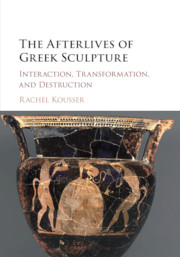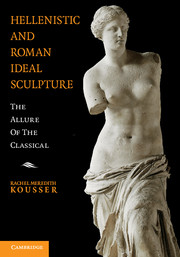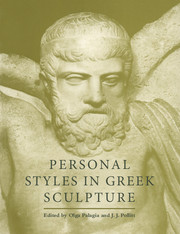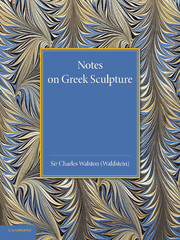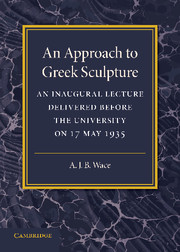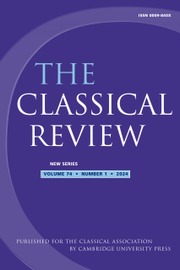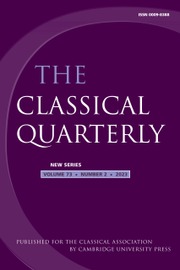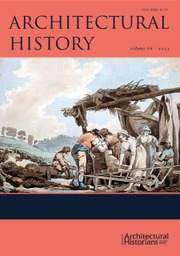The Afterlives of Greek Sculpture
The Afterlives of Greek Sculpture is the first comprehensive, historical account of the afterlives of ancient Greek monumental sculptures. Whereas scholars have traditionally focused on the creation of these works, Rachel Kousser instead draws on archaeological and textual sources to analyze the later histories of these sculptures, reconstructing the processes of damage and reparation that characterized the lives of Greek images. Using an approach informed by anthropology and iconoclasm studies, Kousser describes how damage to sculptures took place within a broader cultural context. She also tracks the development of an anti-iconoclastic discourse in Hellenic society from the Persian wars to the death of Cleopatra. Her study offers a fresh perspective on the role of the image in ancient Greece. It also sheds new light on the creation of Hellenic cultural identity and the formation of collective memory in the Classical and Hellenistic eras.
- The first comprehensive historical account of the afterlives of Greek monumental sculptures
- Offers new insights into the formation of Greek cultural identity and its relationship to art
- Provides a fresh perspective on the role of the image in Greek society
Product details
March 2020Paperback
9781107694682
333 pages
254 × 178 × 18 mm
0.582kg
92 b/w illus. 14 colour illus.
Available
Table of Contents
- Introduction
- Part I. The Afterlives of Greek Sculptures:
- 1. Dangerous afterlives: the Greek use of 'voodoo dolls'
- 2. Use and abuse: toward an ontology of sculpture in ancient Greece
- Part II. Barbaric, Deviant, and Unhellenic: Damage to Sculptures and its Commemoration, 480–31 BC:
- 3. 'Barbaric' interactions: the Persian invasion and its commemoration in early classical Greece
- 4. Deviant interactions: the mutilation of the herms, oligarchy, and social deviance in the Peloponnesian war era
- 5. Collateral damage: injury, reuse, and restoration of funerary monuments in the early Hellenistic Kerameikos
- 6. State-sanctioned violence: altering, warehousing, and destroying leaders' portraits in the Hellenistic era
- Conclusion: the afterlives of Greek sculptures in the Roman and early Christian eras
- Bibliography.

